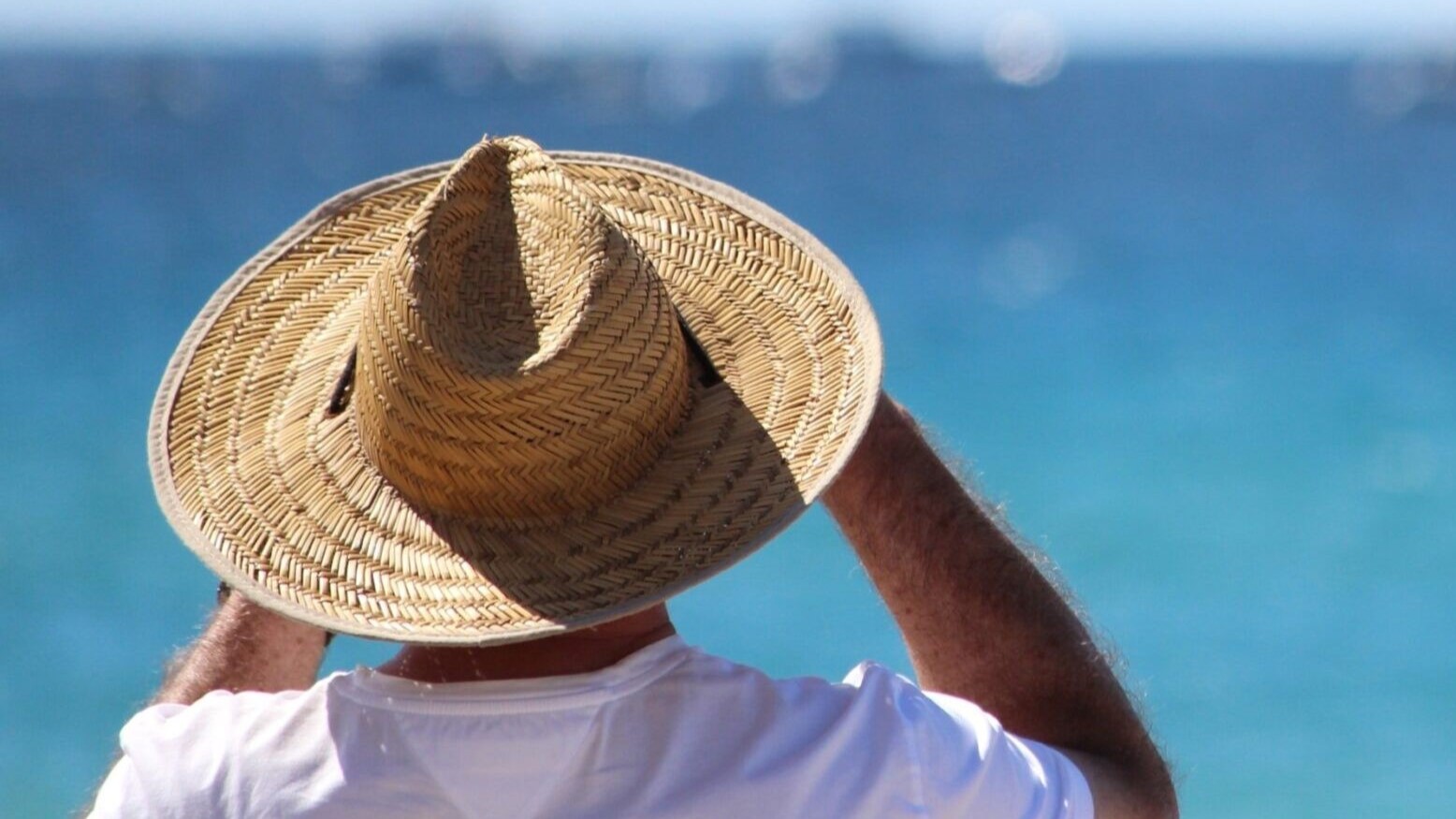Doctors are joining forces with state health officials to help people stay safe as summer heat comes early to Queensland.
Queensland Health and the Royal Australian College of GPs (RACGP) have put out a primary care guide for doctors and practice teams in managing patients and staff.
(Tuesday, October 21, was officially the state’s hottest October day since records began as Birdsville hit 46.1 degrees Celsius, the RACGP says. Summer is not due to start until December.)
RACGP Queensland chairwoman Dr Cathryn Hester welcomes news of the guide’s release.
“In Queensland, heatwaves are a recurring and serious concern. It’s vital to be prepared,” she says.
“Anyone can experience negative health impacts from extreme heat; however, identifying and caring for patients who may be particularly vulnerable to the effects of extreme hot weather is critical.”
She says those most vulnerable include the elderly, infants, pregnant or breastfeeding women, patients with chronic disease and those with conditions that may impair sweating.
“It’s also important to consider those patients who work in hot environments or undertake recreational activities such as playing sport outdoors,” Dr Hester says.
“The college encourages all practice team members to be trained in recognising at-risk patients and consider the potential side-effects of all medicines.
“We also encourage practices to have a plan in place for these patients, including a care plan containing heat-specific advice, and arrangements in place to help with tasks such as grocery shopping to avoid having to go outdoors during the heat.”
‘DRINK FLUIDS’ TO BEAT THE HEAT
Dr Hester says drinking plenty of fluid is also crucial.
“Providing sound advice or just a reminder on how to keep cool, including drinking plenty of fluids is crucial as is ensuring that carers are aware of the heat plan and have the contact details of the patient’s GP.
“My message to all patients is to please look after yourself during the heatwave season, and remember that even if you’re not feeling thirsty, it’s important to drink plenty of water and try and stay indoors during the hottest time of the day,” she says.
“The Heatwatch website and app can also help people across Queensland understand their own personal heat health risk and how to stay as safe as possible.”
Dr Hester said GPs and practice teams also need to focus on their practices are ready.
“It’s important we keep our staff members, and people frequenting our practices, as safe as possible,” she explains.
“Steps like making sure there is sufficient stock of essential supplies such as electrolytes, fans and water stations, having an up-to-date heat emergency management plan in place, and keeping your practice as cool and well-ventilated as possible can make such a difference.”
Extreme heat was responsible for the most extreme weather-related hospitalisations over the last 10 years, the RACGP says.
The risk of such hospitalisation increases with age with nearly one-third of cases involving people aged 65 and over.
The Royal Australian College of General Practitioners (RACGP) is the peak representative body for doctors in Australia.
You can visit their website for more details at www.racgp.org.au.
MORE HEATWAVE NEWS: Ocean depths may pose a hidden threat, says CSIRO






